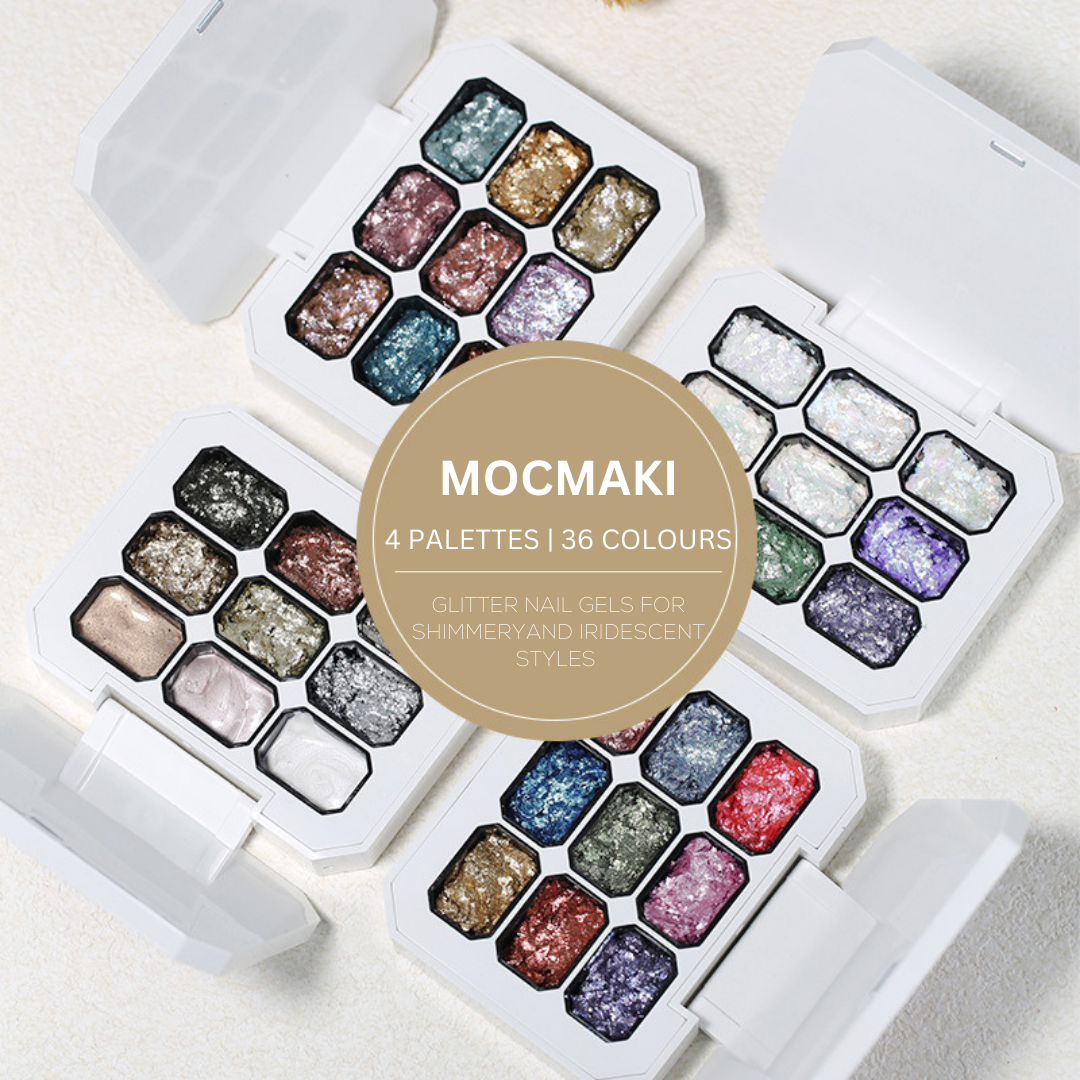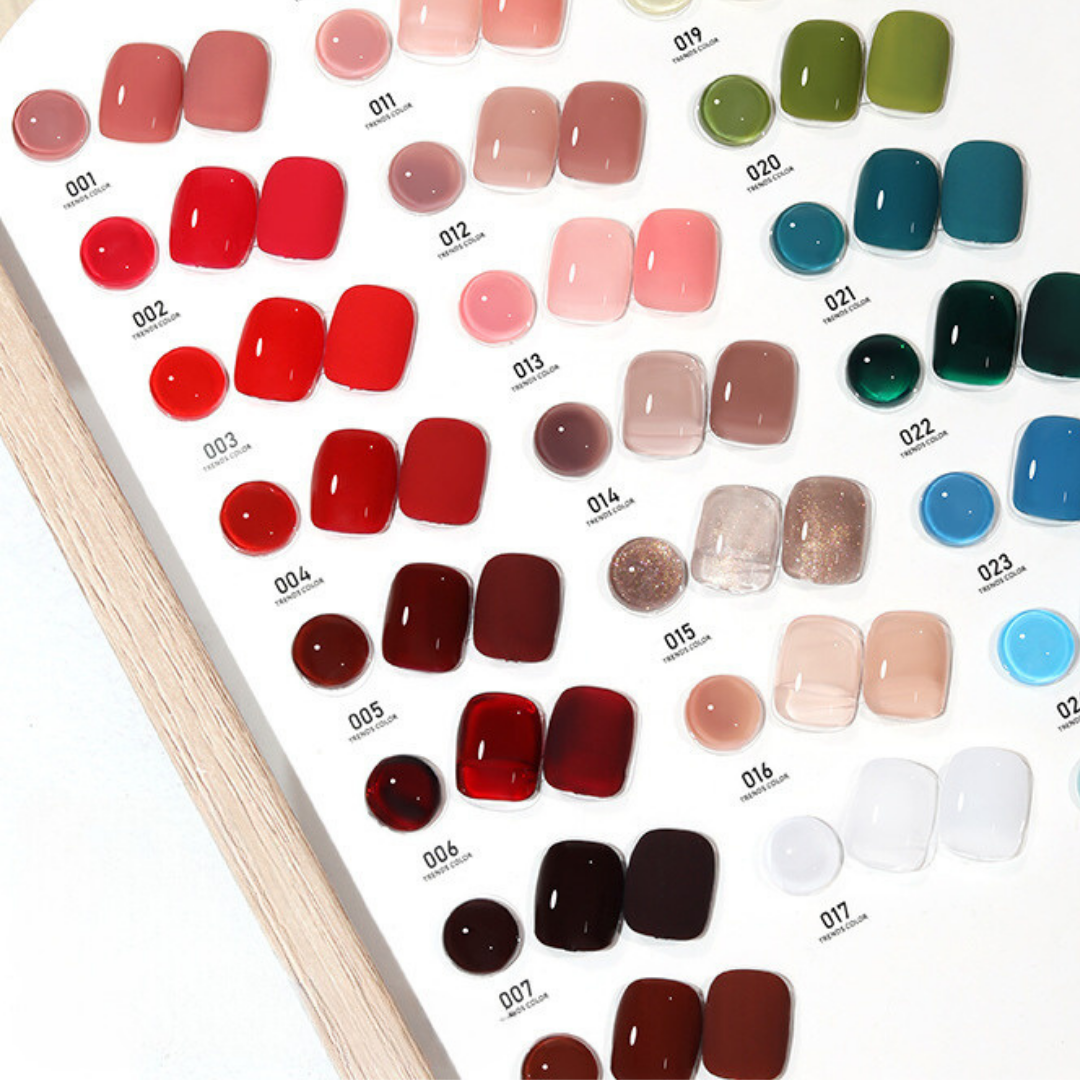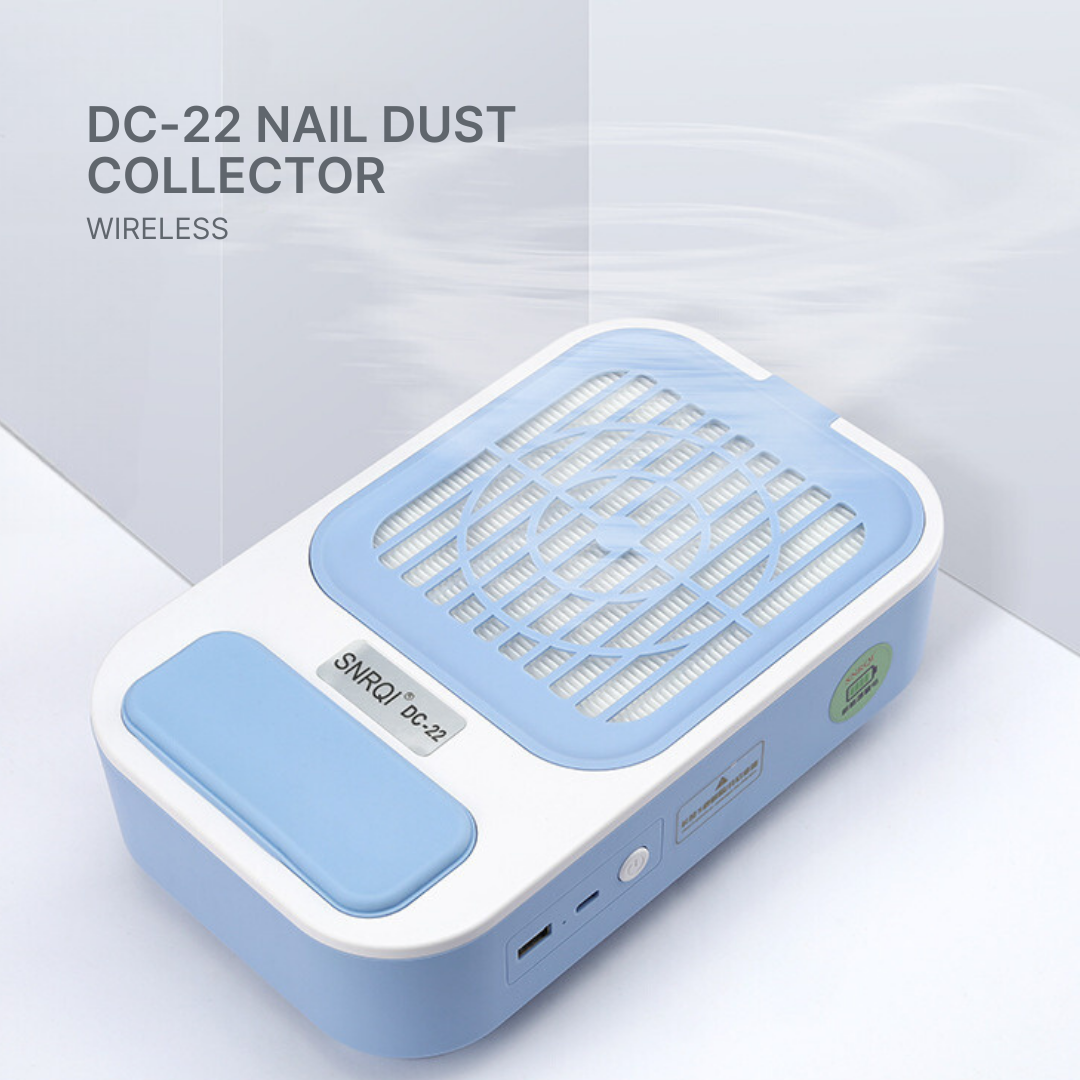
How to Do Polygel Nails at Home Easily
Share
Achieving salon-quality nails at home has never been easier, thanks to polygel nails. Whether you're a DIY nail enthusiast or a professional nail tech looking to refine your skills, polygel offers the perfect solution for durable, flawless nails—without the complexity of traditional acrylics or the rigidity of gels.
This guide will walk you through everything you need to know, from the tools you'll need to common mistakes to avoid. Get ready to elevate your nail game with confidence and ease!
What Are Polygel Nails and Why Are They Popular?
Polygel nails have revolutionized the nail industry—and for good reason. A hybrid between acrylic and gel, polygel combines the best of both worlds. It's lightweight, flexible, and provides stunning results that can last for weeks.
Why Choose Polygel?
- Durable Yet Lightweight: Strong enough to endure daily tasks but light enough to feel natural.
- Beginner-Friendly: Unlike acrylics, polygel doesn't set immediately, giving you more time to perfect your application.
- Versatile: Ideal for overlays, extensions, or sculpting nail designs.
- Odor-Free & Low-Dust: A cleaner, safer option compared to traditional nail techniques.
Polygel nails are perfect for anyone wanting salon-standard results without leaving the comfort of home.
Essential Tools and Materials for Polygel Nails
Before you start, you’ll need the right tools and products for a seamless DIY experience. Here’s a checklist of what you should gather before the fun begins!
Tools You’ll Need
- Nail Prep Tools: Nail file, buffer, and cuticle pusher.
- Polygel Kit: Includes your preferred polygel color, slip solution (or alcohol), and a dual-ended polygel brush and spatula.
- Nail Forms or Dual Forms: Essential for shaping nail extensions.
- UV/LED Lamp: To cure and harden the polygel.
- Base Coat & Top Coat: For smooth adhesion and a shiny, finished look.
- Lint-Free Wipes & Alcohol: To remove tacky layers and clean up excess product.
Optional, But Recommended
- Nail decorations (like glitter or gems)
- Nail primer (for better adhesion)
- An e-file for faster nail prep and finish
Investing in a complete kit can make the process even simpler and save you the hassle of purchasing items individually.
Step-by-Step Guide to Applying Polygel Nails
Now for the fun part—application! Follow these steps to achieve Pinterest-worthy nails every time.
Step 1: Prep Your Nails
- Clean the nails to remove oils and dirt.
- Use a cuticle pusher to push back cuticles and trim any excess skin.
- Buff the nail surface lightly to create a smooth, clean base.
- Apply a layer of nail primer and base coat, then cure under a UV/LED lamp.
Step 2: Set Up Your Forms
- Choose the correct form size for your nail. If using dual forms, ensure they fit snugly side-to-side.
Step 3: Apply the Polygel
- Squeeze a bead of polygel onto the dual form or nail plate.
- Use the spatula to scoop, then the brush dipped in slip solution to shape and smooth the bead over the nail or form.
Step 4: Cure the Nail
Place your hand under the UV/LED lamp for the recommended curing time (usually 60–90 seconds).
Step 5: Shape and File
Remove the dual form (if used), and file the nail into your desired shape and length. Buff the surface for a smooth finish.
Step 6: Finalize the Look
- Apply a top coat and cure again.
- Add any nail art or decorations, and you’re all set!
Pro Tip 💡: Clean your brush immediately after use to prevent the polygel from hardening.
Common Mistakes to Avoid
Starting with polygel nails may take a few tries to master. Watch out for these common mistakes:
- Skipping Nail Prep: Oils and dirt can cause lifting, so take your time with nail prep.
- Using Too Much Polygel: This can make shaping difficult and create uneven curing.
- Skipping Slip Solution: Without slip solution, the polygel becomes sticky and hard to work with.
- Over-Filing the Natural Nail: Lightly buffing is sufficient; over-filing can damage your nails.
Mistakes happen, but with practice, you’ll nail the process (pun intended).
Tips for Long-Lasting Polygel Nails
Want your polygel nails to last up to three weeks or more? Follow these tips to keep them looking fresh and fabulous longer.
- Seal the Edges: Ensure your top coat seals the edges completely to prevent lifting.
- Avoid Over-Watering Your Nails: Excess moisture can weaken polygel and cause lifting.
- Use Gloves: Protect your nails during chores like washing dishes or gardening.
- Weekly Maintenance: Buff and reapply top coat as needed to refresh the shine and protect the nails.
With proper care, your nails will look stunning until it’s time for the next set!
Polygel Nails vs. Other Nail Techniques
Still on the fence? Here’s how polygel compares to other popular nail techniques.
Polygel vs. Acrylic
- Easier for beginners
- Low odor compared to pungent acrylic monomer
- Flexible and less likely to crack
Polygel vs. Gel Extensions
- Longer-lasting than traditional gel
- Provides the flexibility of gel but with added strength
- Requires no leveling or dripping as gel sometimes does
When it comes to versatility, ease, and flawless results, polygel stands out as the ultimate choice.
Take the Next Step in Your Polygel Journey
There you have it—a complete guide to mastering polygel nails from the comfort of your home! The key to success is practice and having fun along the way.
We’d love to see your gorgeous creations! Share your polygel nail photos on social media and tag us with #PolygelPerfection. Who knows? Your nails might just be featured on our page!
Need help getting started? Explore our Polygel Starter Kits and nail accessories for everything you need in one box.



